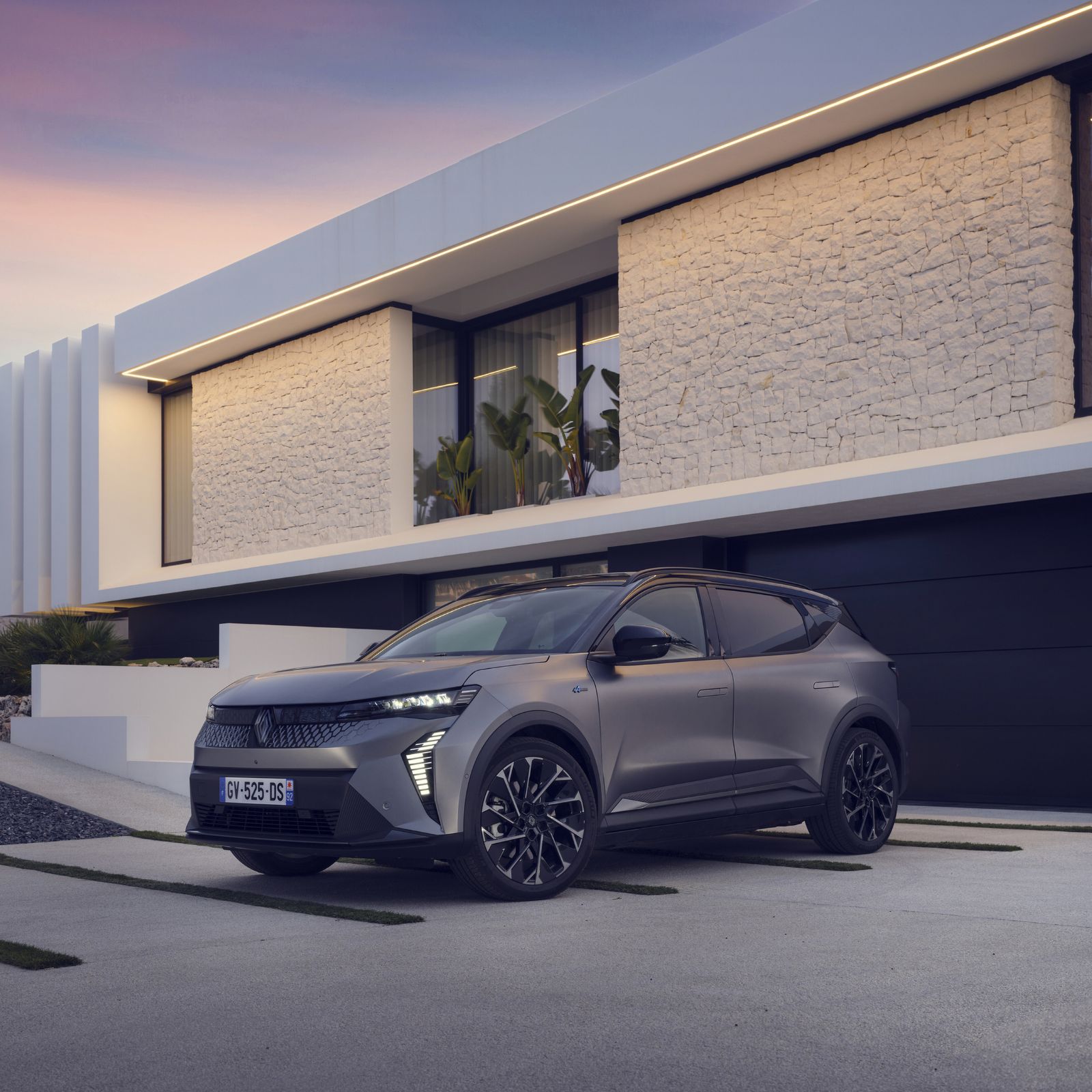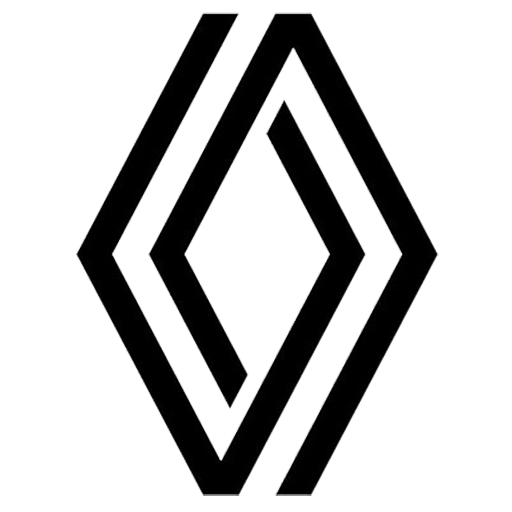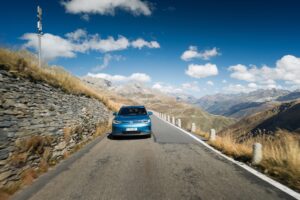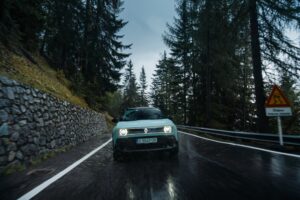You need a lot of courage and confidence to take a model like the Scenic, which for many years has defined the concept of the minivan (MPV), and throw it into the crossover/SUV arena. But is that really the case?
Even if it’s not the originator of the minivan, Renault managed to provide this segment with a healthy foundation through the Espace, and later the Scenic. More than ten years after the debut of the Espace, Renault presented the Scenic, the first compact minivan. It happened in 1996. To be fair, Renault had shown its intentions since 1991, when it presented the S.C.E.N.I.C. concept (Safety Concept Embodied in a New Innovative Car).
In EUROCHARGE by Schaeffler, we will drive the fifth-generation Scenic from Bucharest to Lisbon and back.
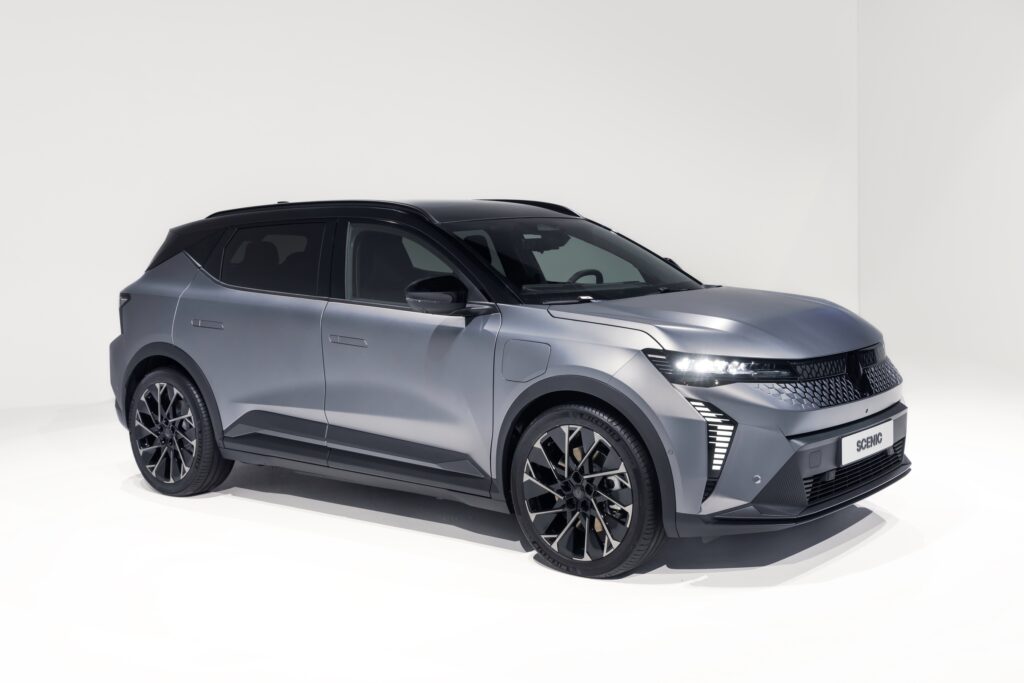
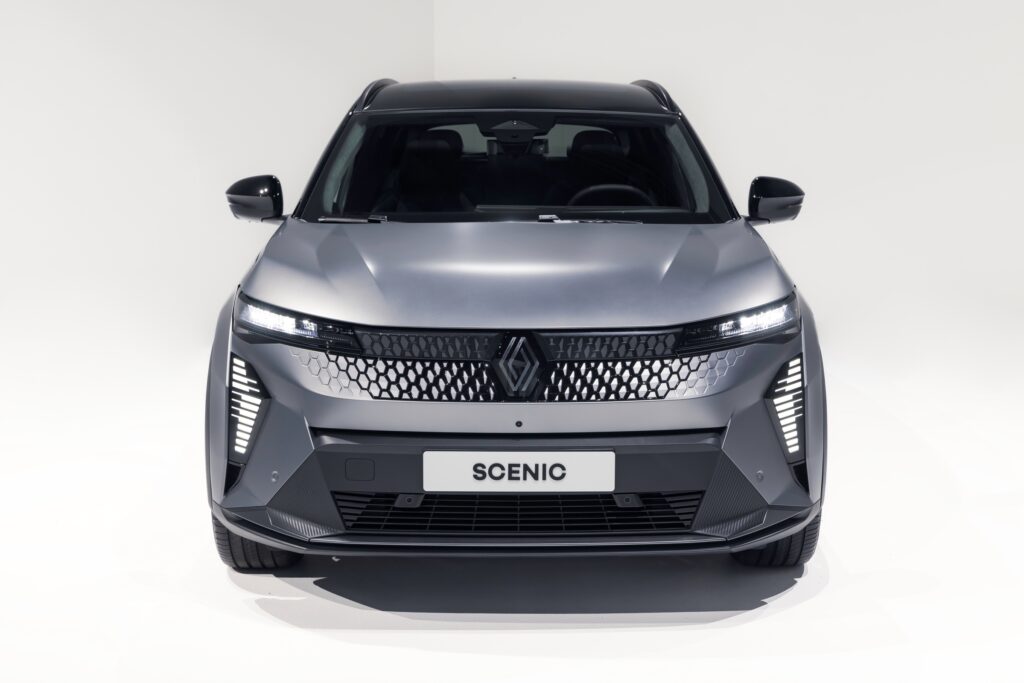
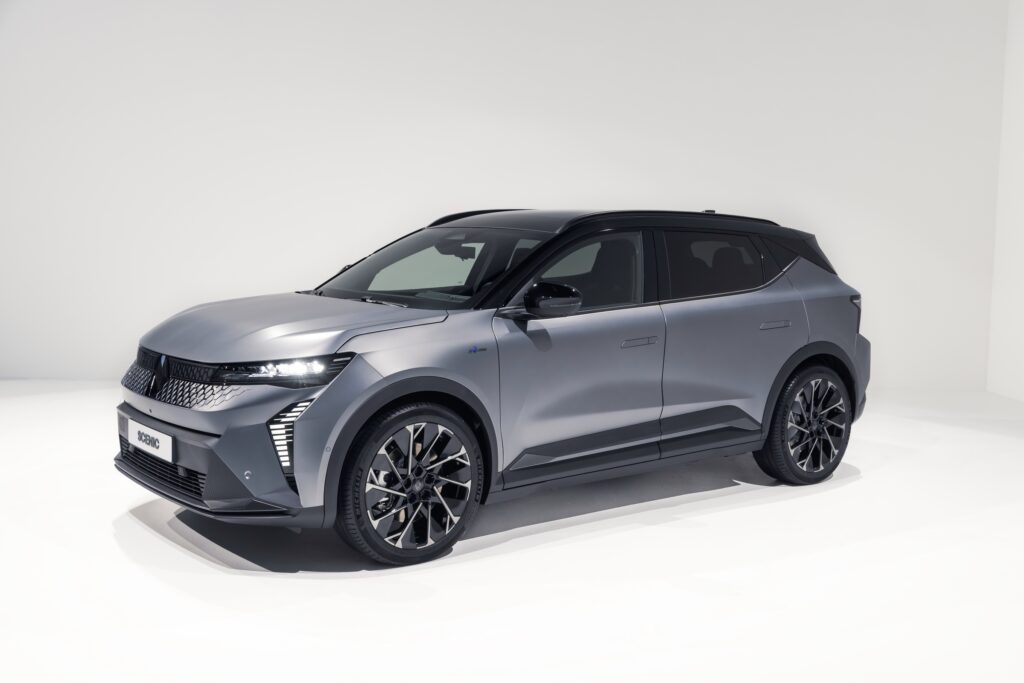
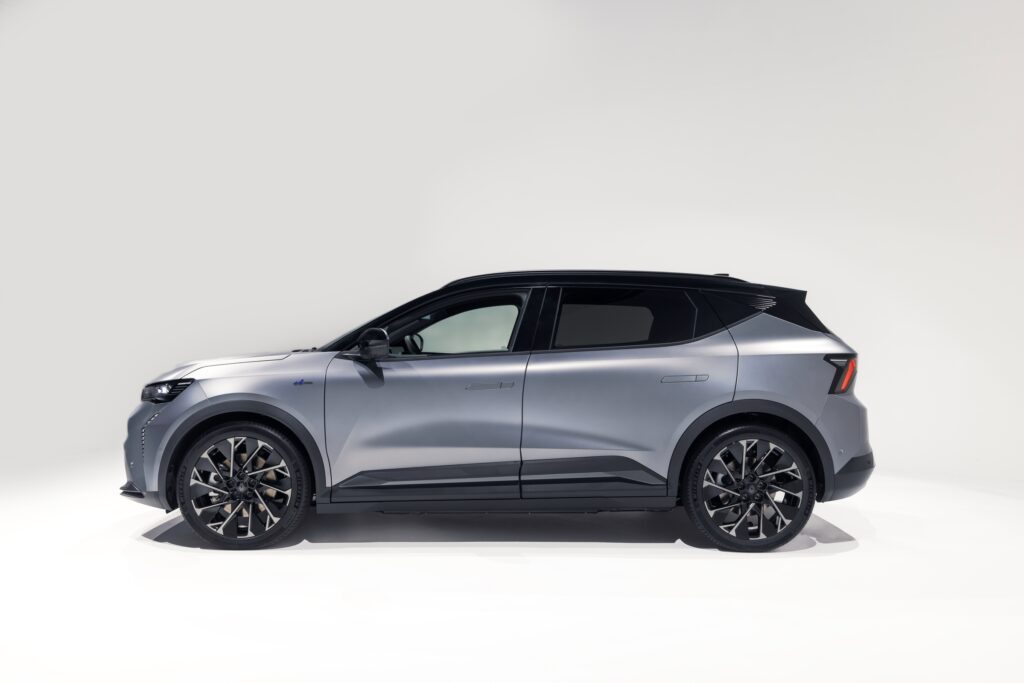
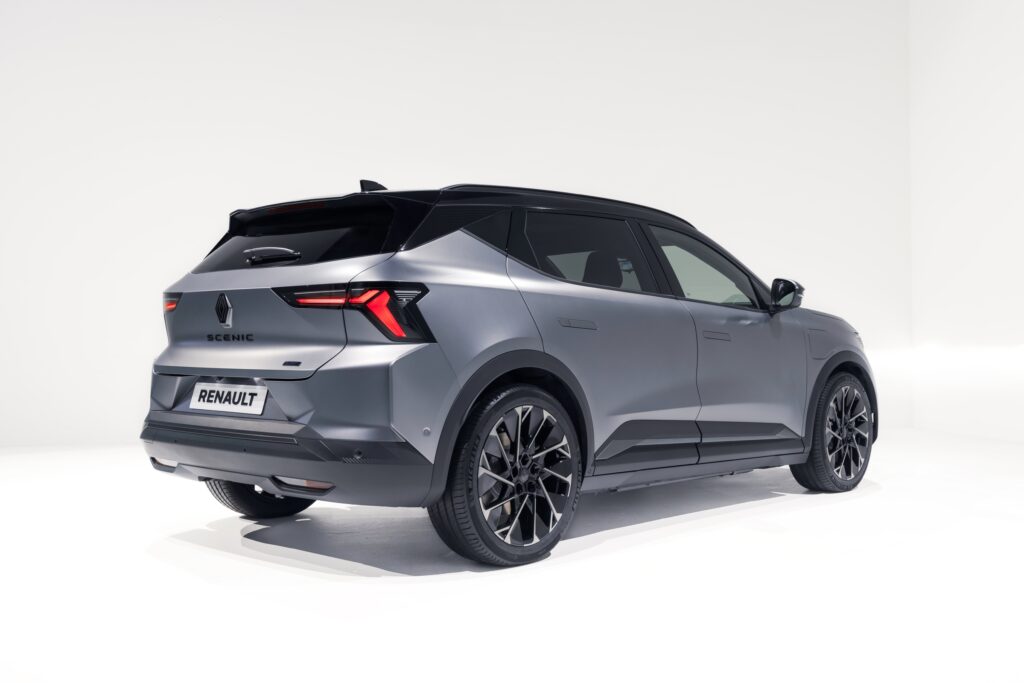
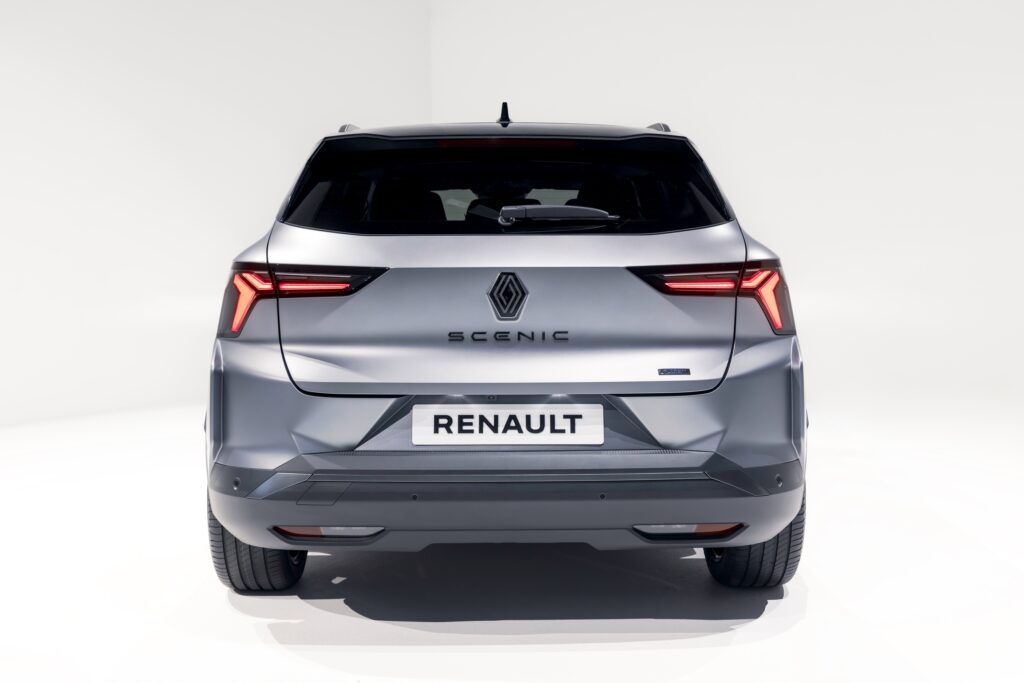
Transhumance to Kilowatt
Two years ago, somewhere in a studio in Paris, we met a new concept – Scenic Vision H2-Tech. On a side note, I think the minivan, from a concept point of view, is the most suitable body shape to adopt electrification.
After four generations of the Renault Scenic (let’s call them classic) powered by internal combustion engines, this fifth Scenic is a BEV, an electric car. And at the same time, it’s a crossover/SUV.
Returning to the first interaction with the new Scenic, the one from two years ago, I would even call it a first date, because at the level of exterior design, the French have brought the aesthetics of the concept almost 100% into series production. And because the good fairies stayed close to this model, at its commercial debut it already had “Car of the Year 2024” in its trophy room.
Stepping into Intimacy
The new Renault Scenic E-Tech Electric is built on the AmpR Medium platform, or under its old name CMF-EV, the same platform on which the Megane E-Tech is built. The Scenic is available with two batteries. The base one is composed of 12 modules, each containing 16 cells, with a total capacity of 60 kWh. The large battery also contains 12 modules, but each is composed of 24 cells, with a total capacity of 87 kWh.
An engine is available in two power versions. It is a new electric motor that does not contain rare-earth metals, which reduces the impact on the environment. The tame version offers 125 kW (170 horsepower) and 280 Newton-meters of torque, the second one develops 160 kW (220 horsepower) and 300 Newton-meters of torque.
When it comes to charging, the Renault Scenic E-Tech Electric offers standard AC charging at 7.4 kW, regardless of the battery capacity, engine or equipment. Optionally, you can purchase the AC22 package, which offers the possibility to charge at AC stations with maximum powers of 22 kW. At DC stations, the version with the 60-kWh battery and 125-kW motor can charge with up to 130 kW. If you opt for the version with a large battery and a 220-horsepower motor, you can charge at DC stations with up to 150 kW.

For statistics lovers, Renault says that at a 7.4 kW station, the Scenic fitted with the small battery option will fully charge in nine hours and 15 minutes. Suitable for, let’s say, the time the car spends parked overnight. At 11 kW, the time drops to six hours and 30 minutes, and at 22 kW, that time drops by 50% to three hours and 15 minutes. At 130-kW stations, charging from 10 to 80% takes 32 minutes.
In the case of the 87-kWh battery version, at a 7.4-kW station, the battery will fully charge in 13 hours. At 11 kW, charging time drops to nine hours, and at 22 kW, we are talking about five hours. At fast stations – because this is the important point when traveling long distances – charging from 10 to 80% takes just 37 minutes at a 150-kW (or more) station.
The 170-horsepower Scenic E-Tech Electric is credited with a range of 430 km according to the WLTP test cycle. The maximum speed is 150 km/h and it reaches 100 km/h from a standstill in 8.6 seconds. The average energy consumption specified by the carmaker is 16.3 kWh/100 km.
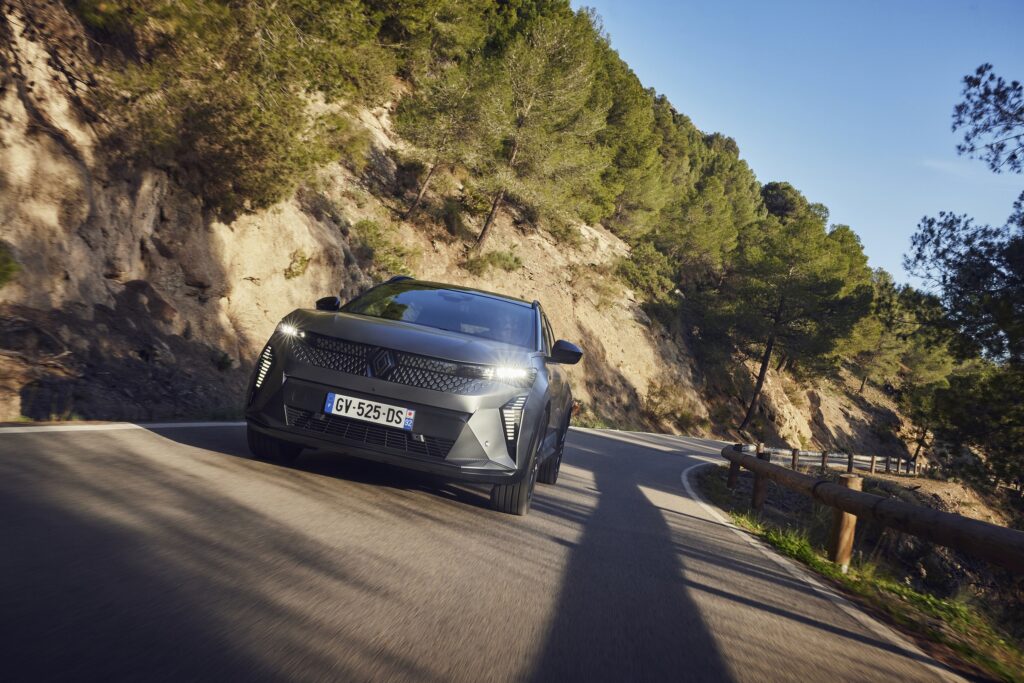
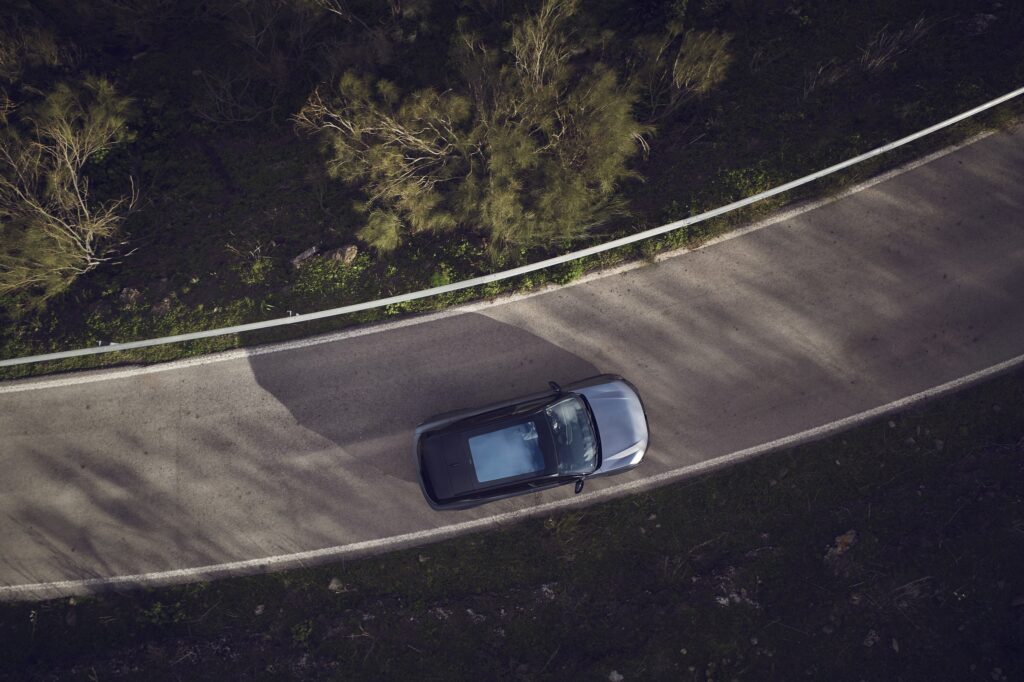
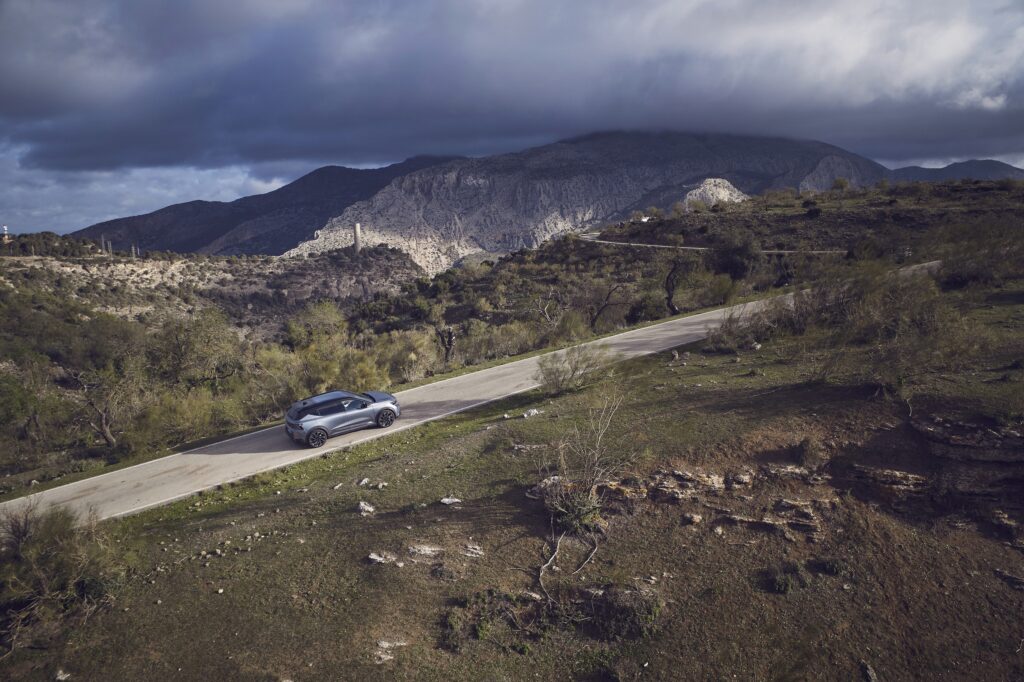
The 220-horsepower Scenic E-Tech Electric has a maximum speed of 170 km/h. The sprint from zero to 100 km/h takes 7.9 seconds. The manufacturer-declared range is 611 km for the Esprit Alpine trim (622 km for the techno trim) while the average energy consumption is rated 17.2 kWh/100 km.
In EUROCHARGE by Schaeffler, journalists and content creators will drive a Renault Scenic E-Tech Electric 220 esprit Alpine.
No Leather
If the idea of a minivan means, to some extent, a vertical development of the interior, in the new Scenic we can talk about a horizontal development.
The Scenic E-Tech Electric shares the same modular platform with the Megane E-Tech, but not the dimensions. The Scenic has a length of 4,470 mm (+271 mm), a width of 1,864 mm (+96 mm), a height of 1,571 mm (+66 mm) and a very important detail, a wheelbase of 2,795 mm (+110 mm). The values in brackets are the differences compared to the Megane, a model that I chose for comparison as it uses a dashboard with a similar design.
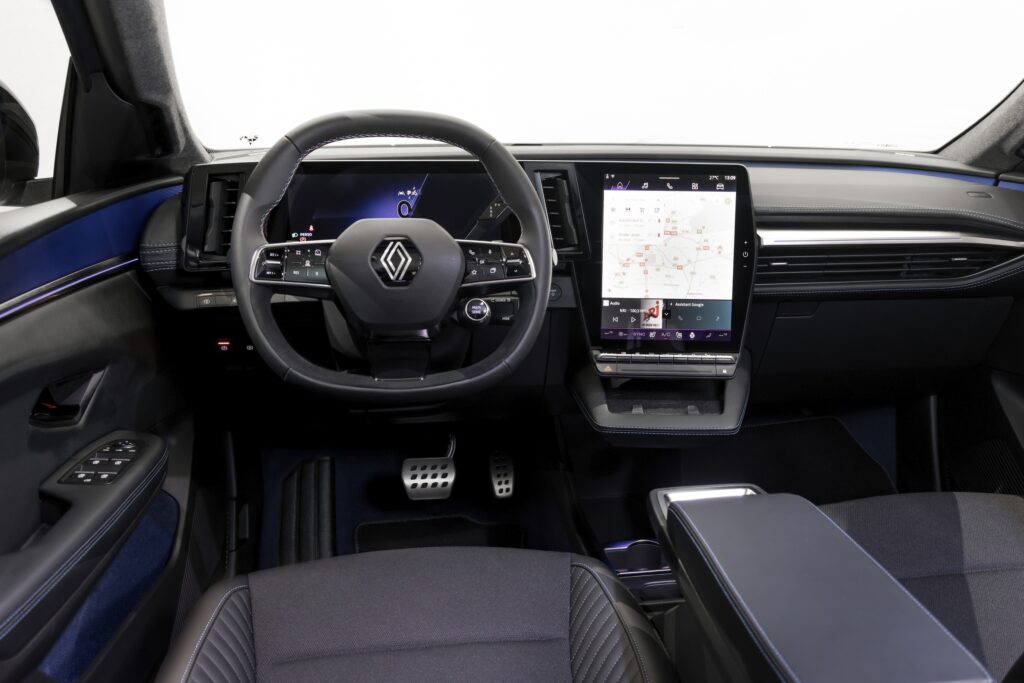
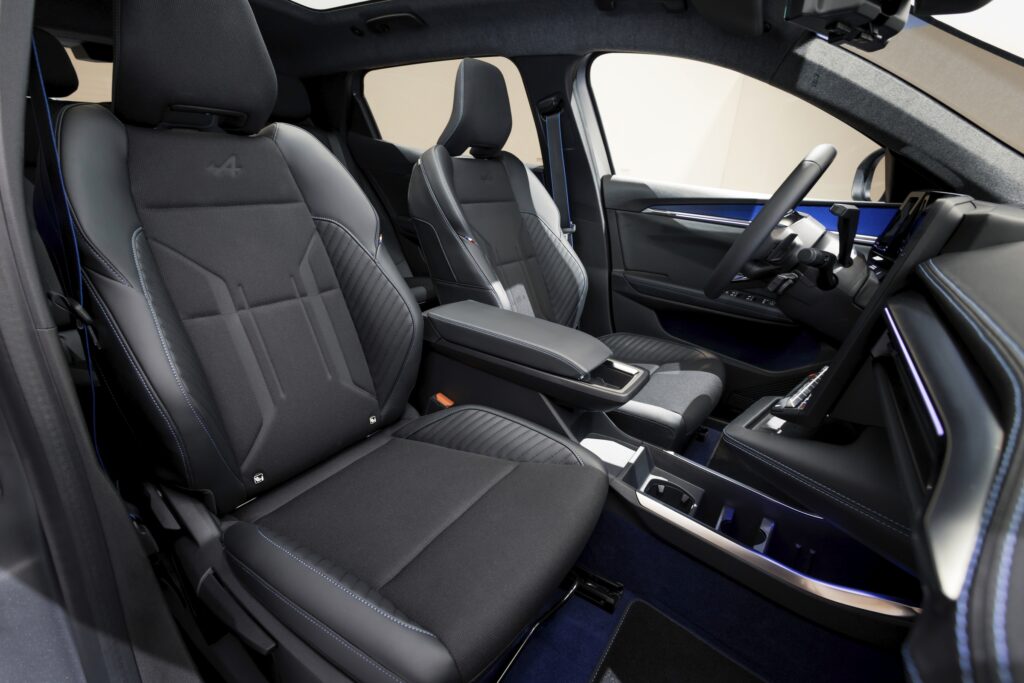
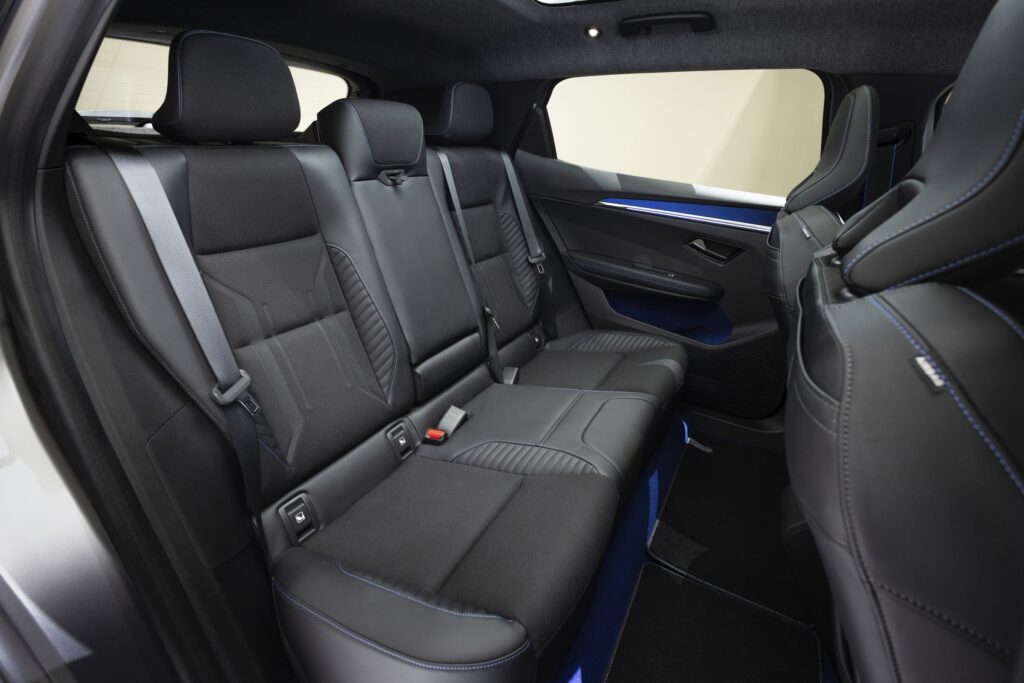
The Scenic is the first model in the Renault range to approach the target set for 2030, namely the use of recycled materials in a proportion of 33% of the vehicle’s total mass. In the case of the model in question, we are talking about a proportion of 24% recycled materials, especially due to those used inside. At the same time, at the end of its career, the Scenic E-Tech Electric will be 90% recyclable.
The dashboard is made of 80% recycled materials, the seat covers for the Techno and Esprit Alpine trims are made entirely of recycled materials, and in the case of the Iconic version, 87%. The reinforcements of the pockets in the door panels are reinforced with natural fibers, the interior carpet and mats are made of 97.65% recycled plastic bottles. And I could continue with this list for some time. Clients do not have the option to choose natural leather as a material for the interior.
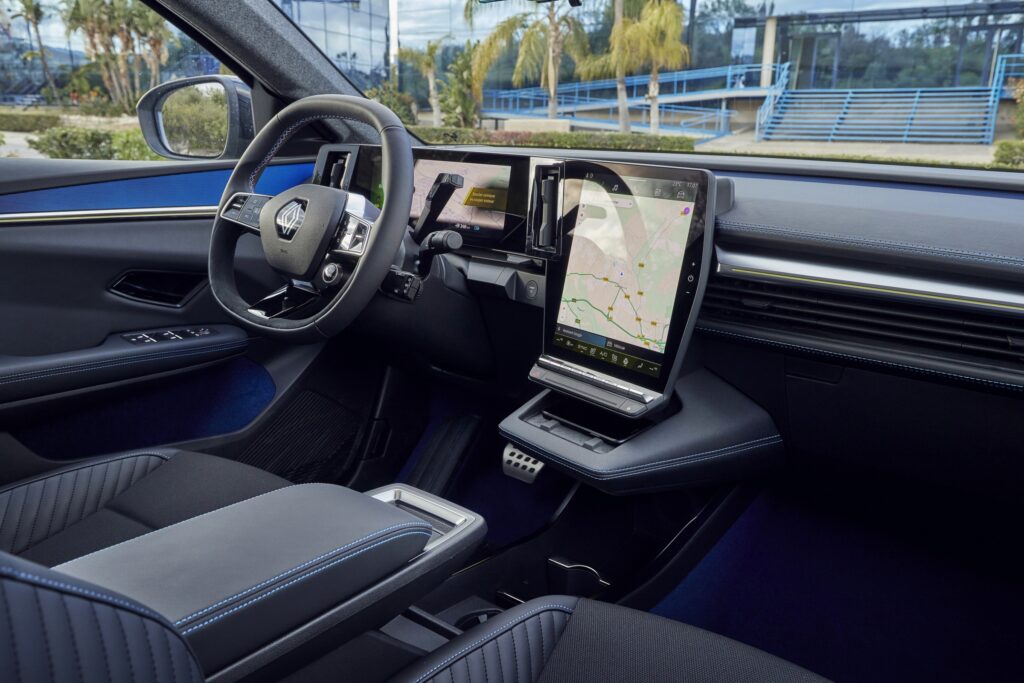
The soul of this model is the operating system based on Android Automotive. It manifests itself and communicates with those on board via two displays. One in landscape position, located behind the steering wheel, with a diagonal of 12.3 inches and a resolution of 1920 x 720 pixels, and one mounted in portrait layout, with the role of interface for the infotainment system (diagonal of 12 inches, resolution 1250 x 1562 pixels).
It should be noted that Google Maps is not just a navigation system, but activates a number of functions in the background. Any route planned in Google Maps will automatically suggest charging points, and as you approach the charging point, the system will prepare the car’s battery to have an optimal temperature and thus streamline charging.
Regardless of battery capacity, the Scenic offers a trunk with a volume of 440 liters, which can be transformed into 1,449 liters by folding down the rear seat.
Hand in Hand with AI
I could tell you about the panoramic roof, made of 50% recycled glass. Obviously, it must also have a name, so it is called Solarbay. It can be transparent or opaque via PDLC (polymer dispersed liquid crystals) technology. And it has four positions in which it can be adjusted – completely opaque, completely transparent or 50% transparent / 50% opaque front/rear and vice versa. It is a spectacular detail, but even more spectacular is the AI, the artificial intelligence integrated onboard that has a proactive attitude when it comes to suggestions.
You can receive suggestions related to the optimal temperature, the fact that you may have forgotten the air conditioning on recirculation or it is off and there may be a risk of fogging of the windows and hence a potential safety problem in traffic. If the system detects that the wipers may accumulate ice and no longer offer good cleaning capacity, it suggests that you start the defrost system.
If you opt for the Harman Kardon audio system, it comes with presets for the playback modes made by Jean-Michel Jarre.
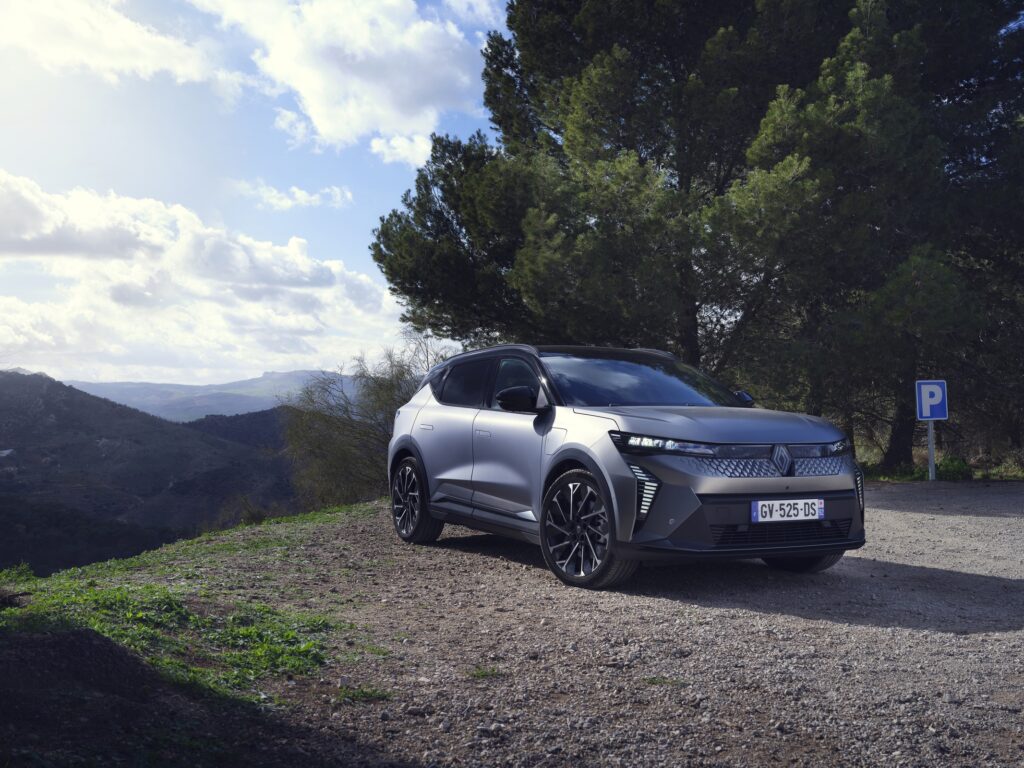
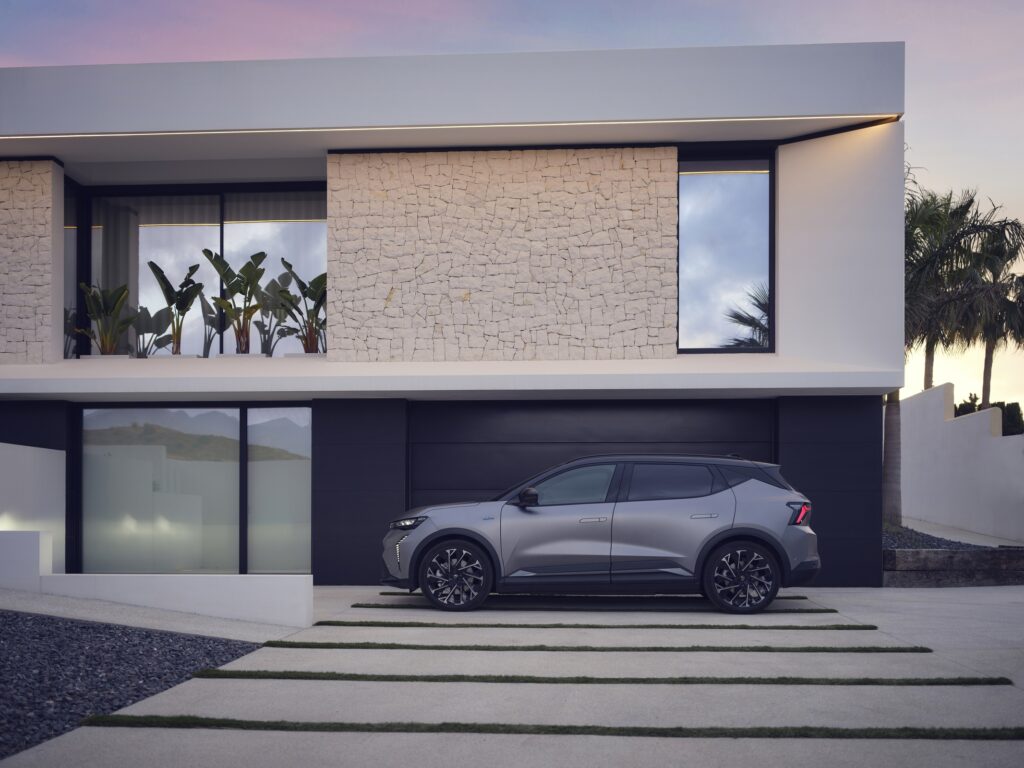
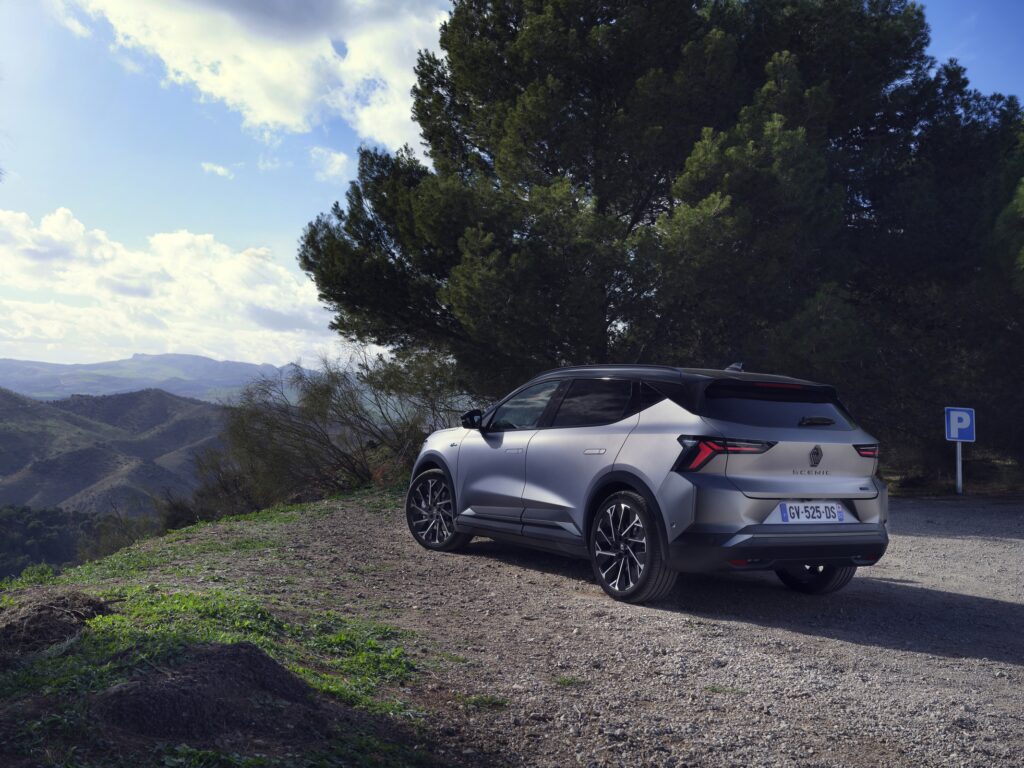
Technical specifications of the car featured in EUROCHARGE by Schaeffler.
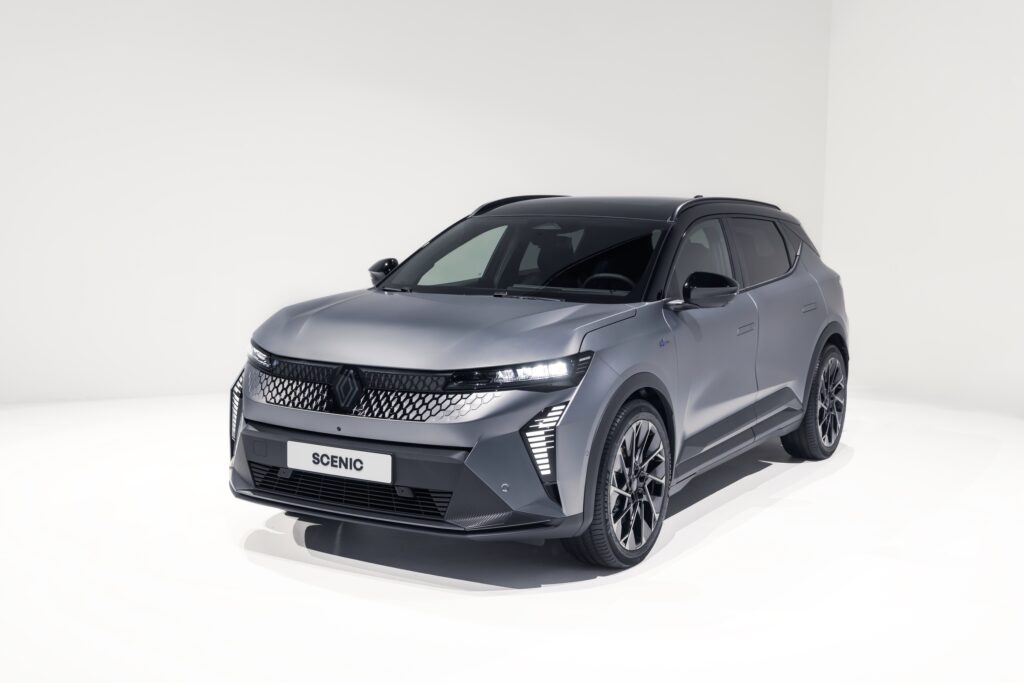






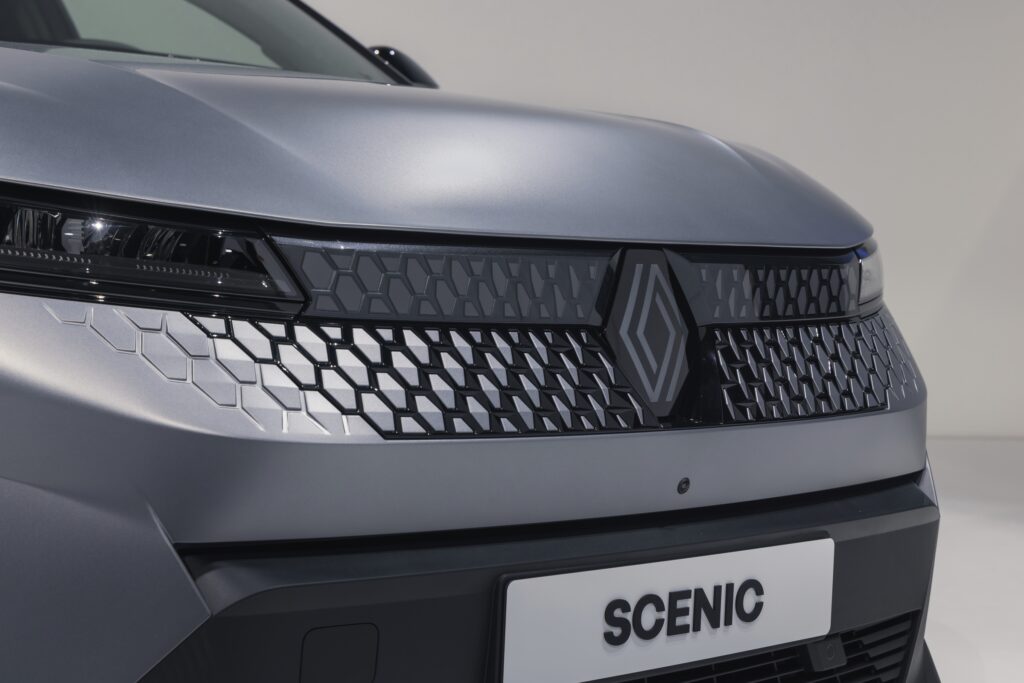
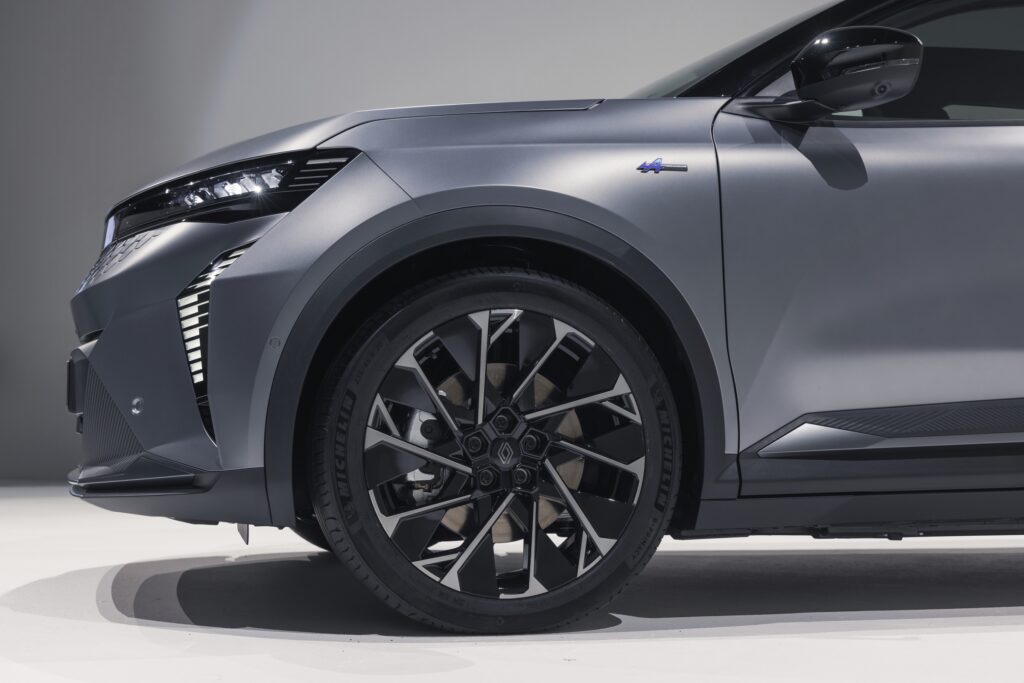
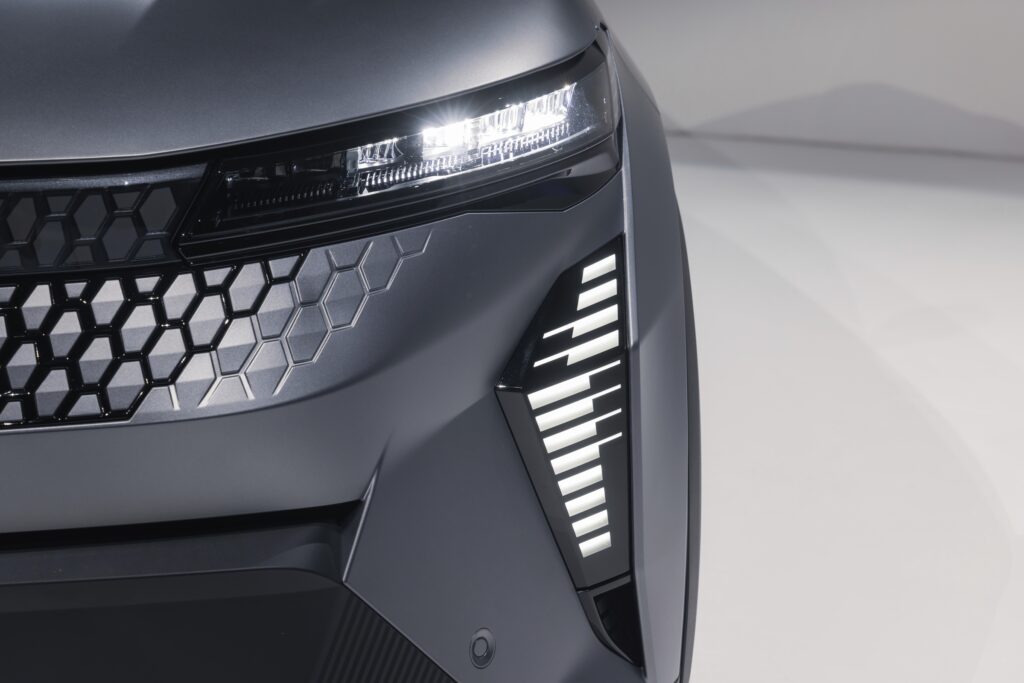
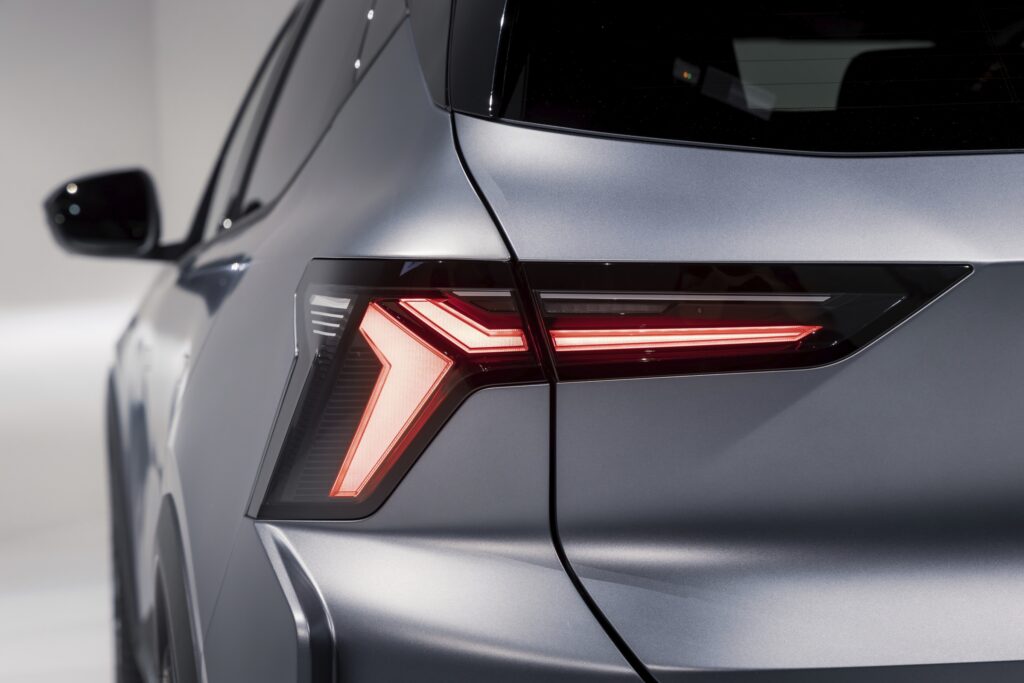
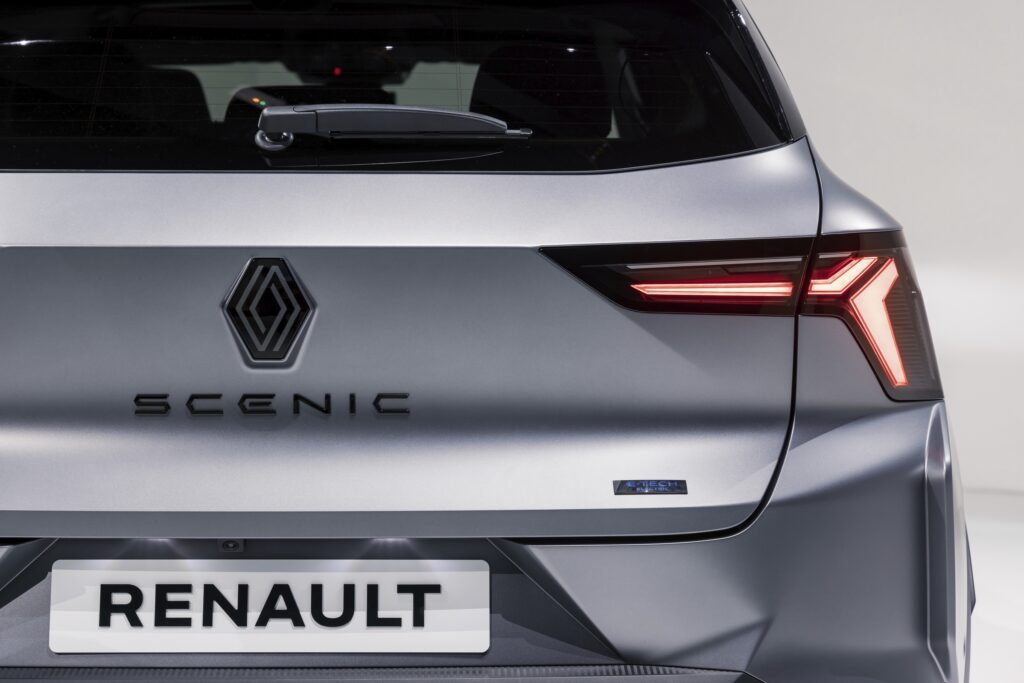

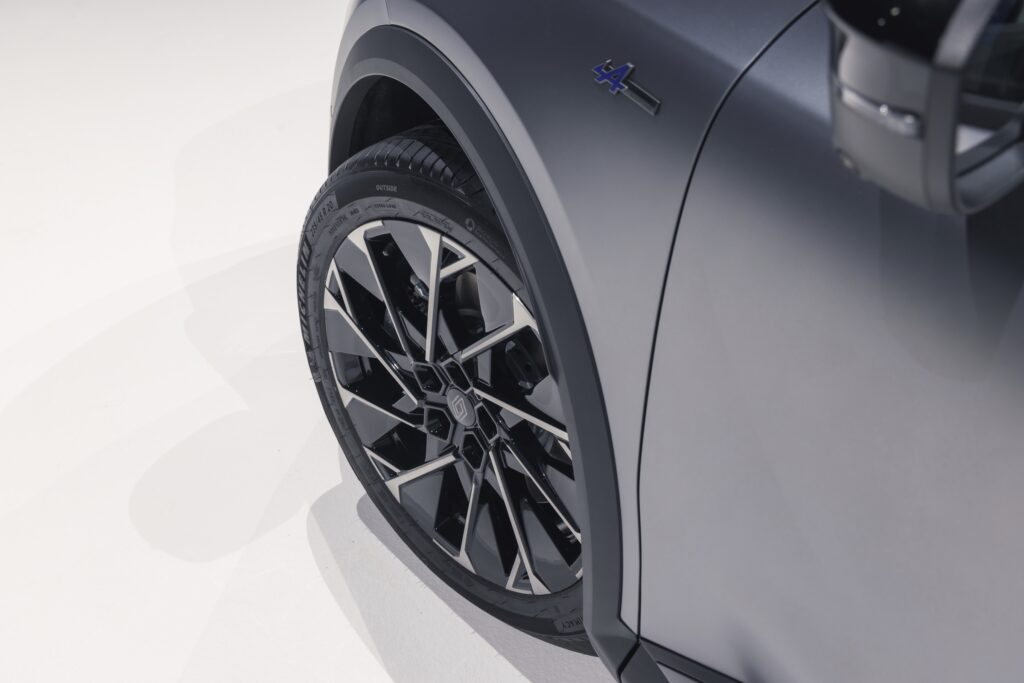
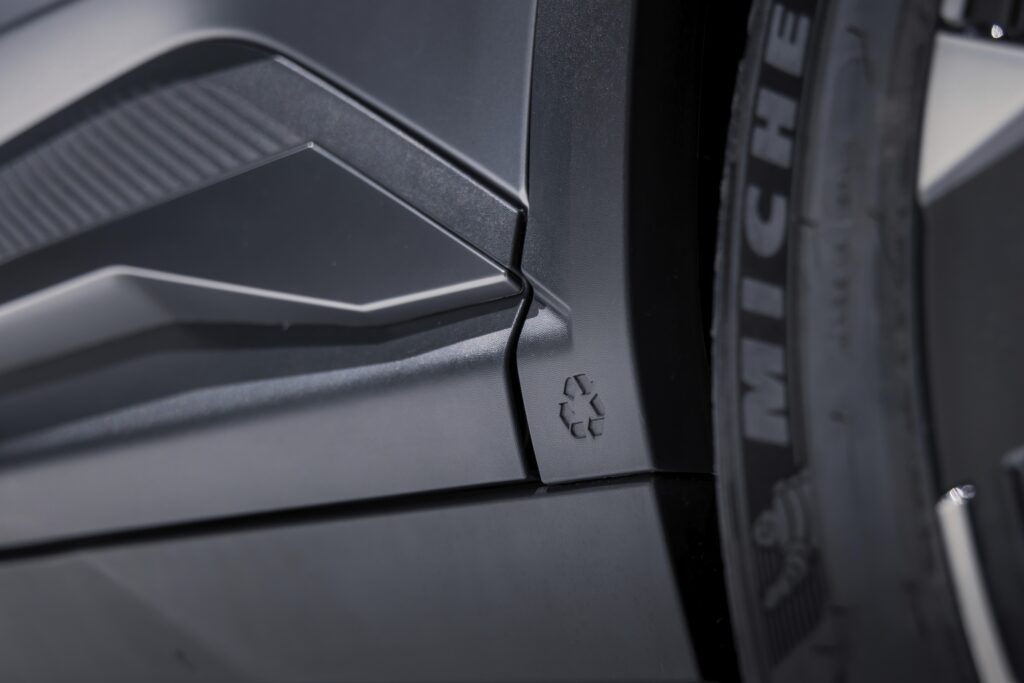



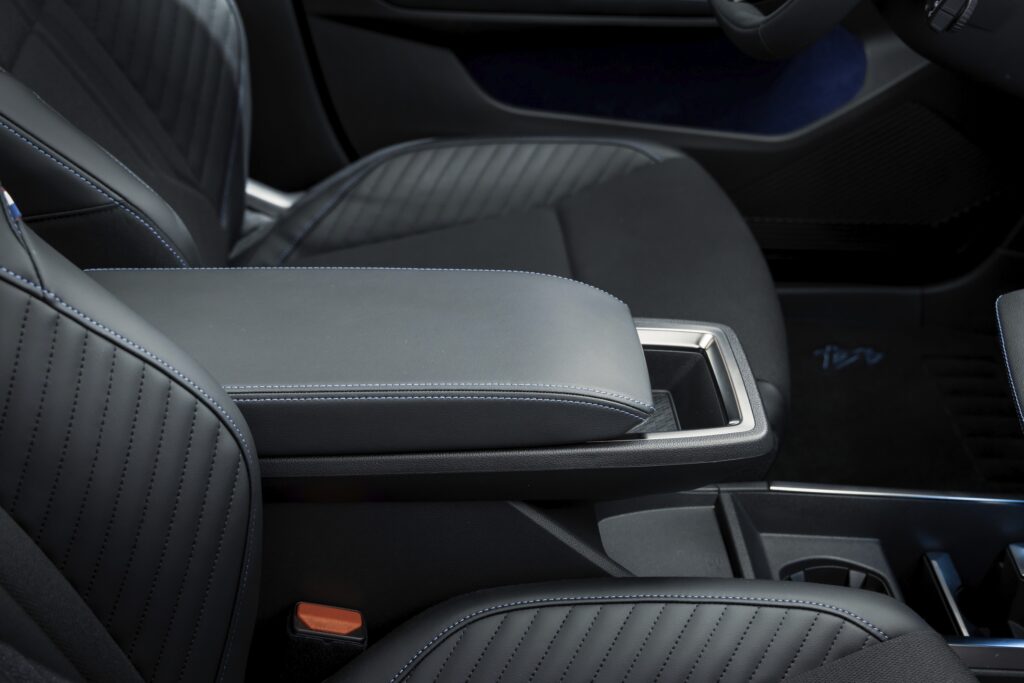
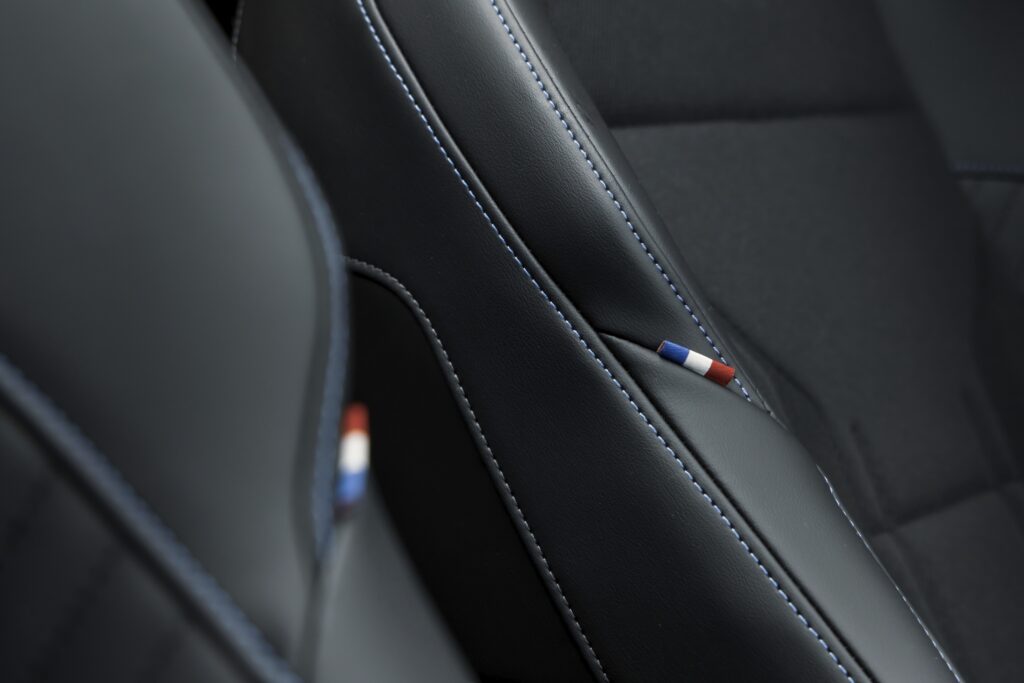
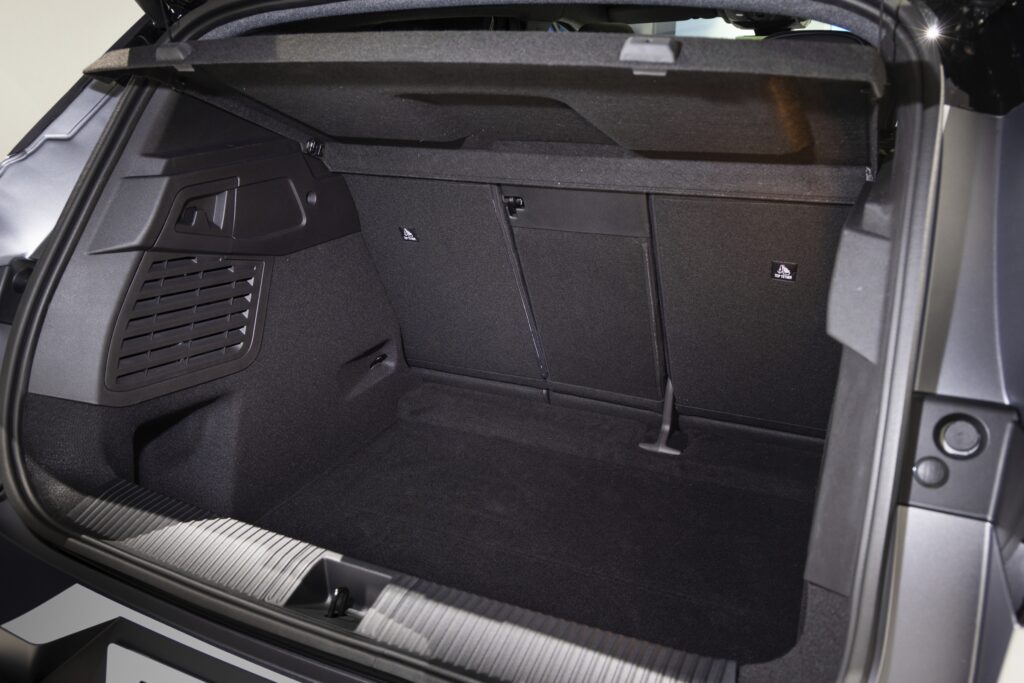
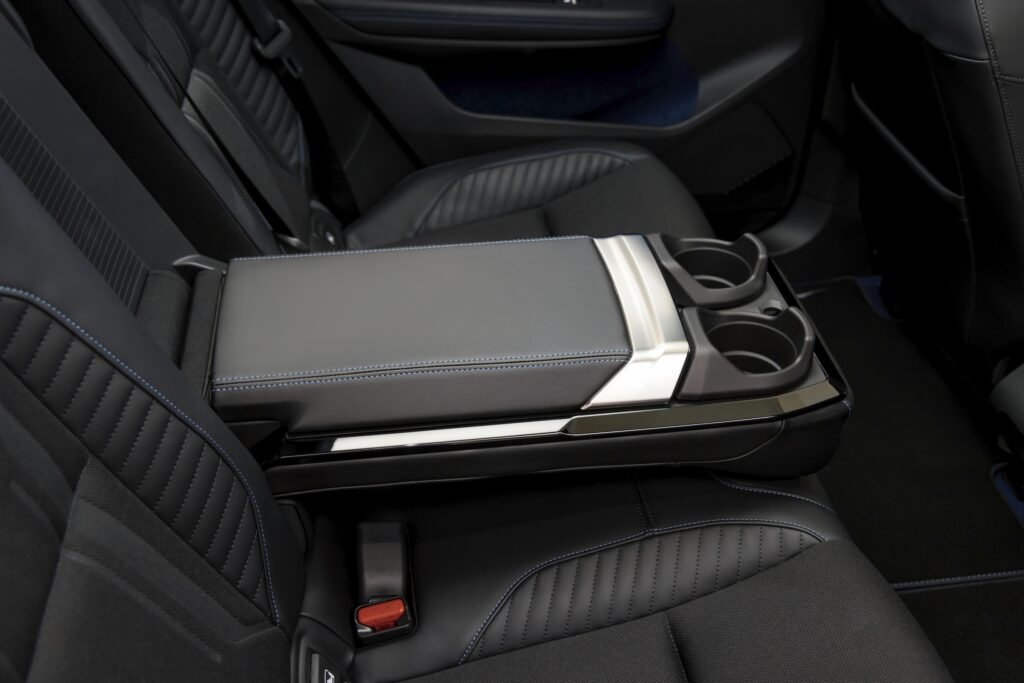
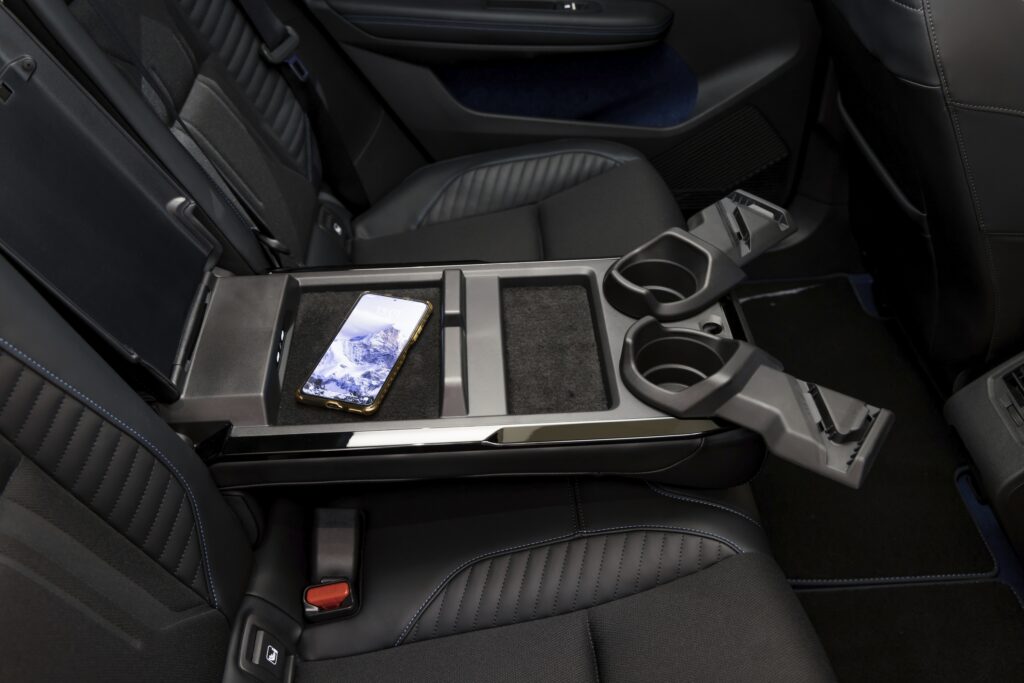
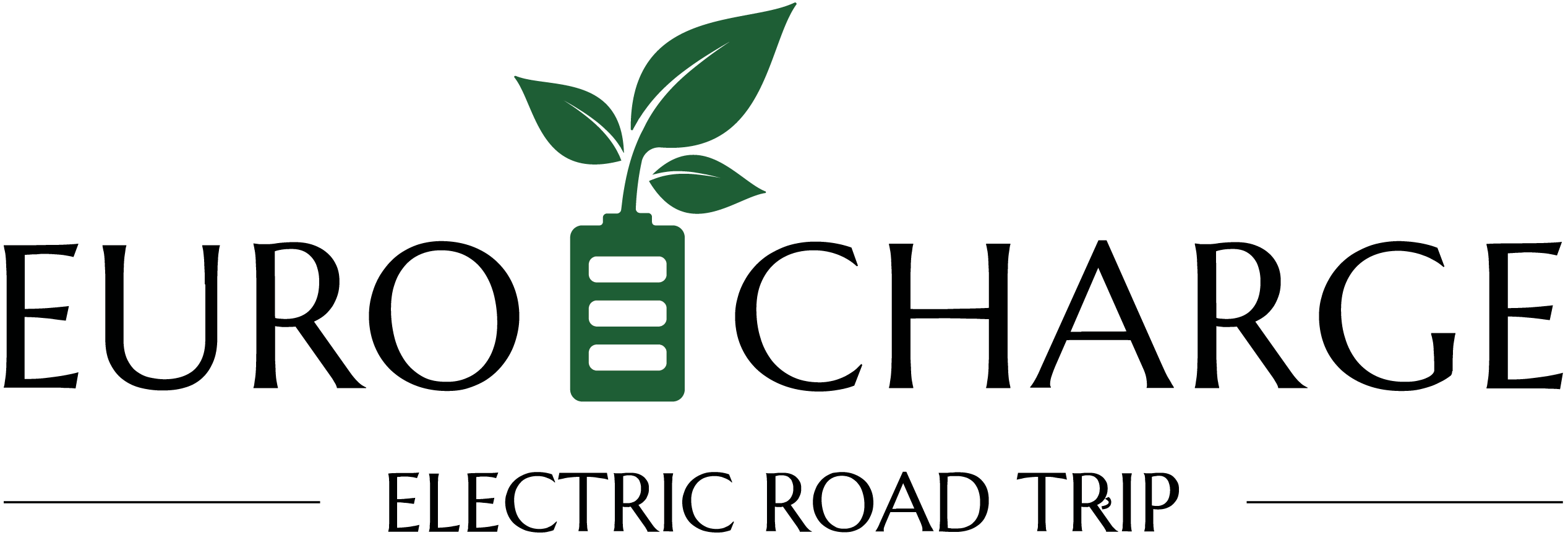
is a project backed by SCHAEFFLER
Charged by
OMV eMotion and Renovatio e-charge
Green Partner
Autonom
Charging stations
MOON România
On the road with
Michelin
Powered by
Server Config

